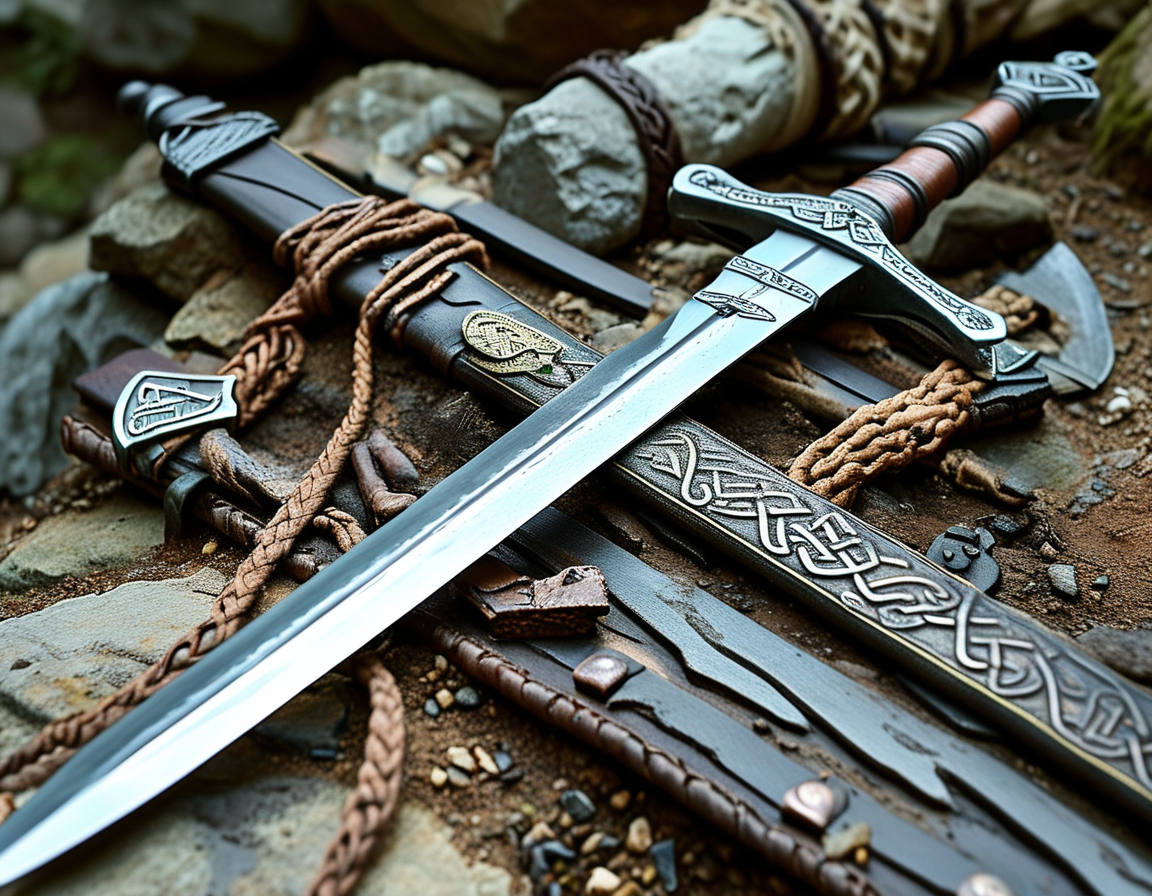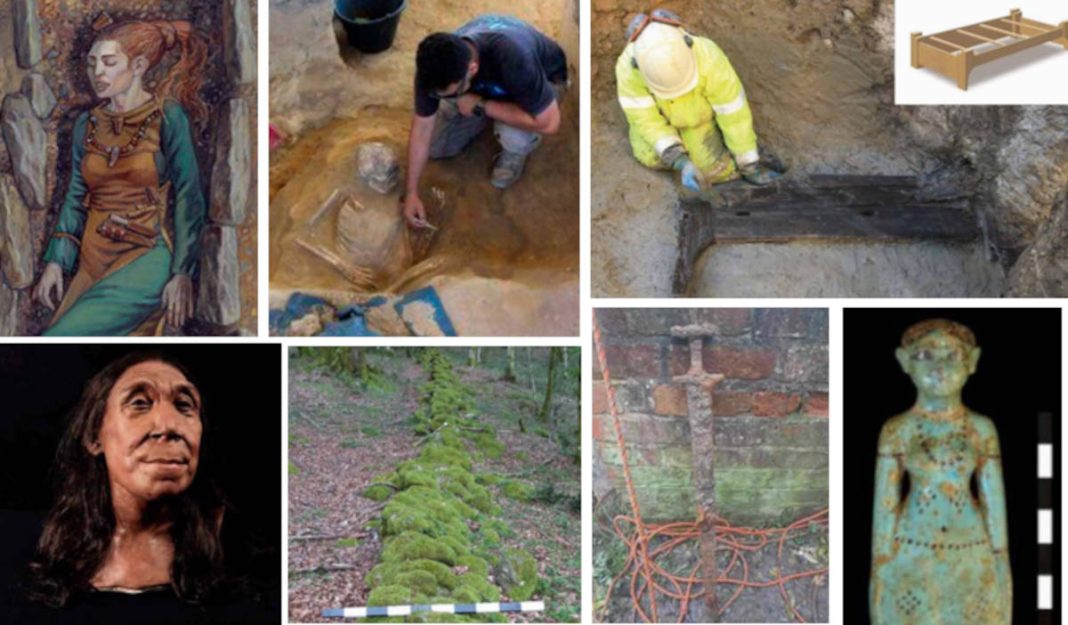Also read
- Discover Ancient Gold Coins Guarded by Dangerous Snakes!
- Discovering India’s Hidden Gem: The Upside Down Temple
The lure of history captivates many. But have you ever wondered what secrets lie beneath the earth’s surface? In 2024, researchers have made significant discoveries, revealing the Viking past and ancient settlements. This article delves into these remarkable findings.
Viking Swords: A Glimpse Into the Past
Recent excavations have unveiled Viking swords. These artifacts tell stories of battles and bravery. Each sword holds the essence of its maker and owner. The craftsmanship reflects an era rich in culture. Imagine holding a piece of history, forged by skilled hands centuries ago.

These weapons were not merely tools of war. They were symbols of status and power. The intricate designs often bore marks of gods and mythology. Some each sword had tales of victories and losses embedded deep within.
What makes these swords remarkable? The preservation state is incredible. Some showed signs of activity just below the surface. It’s as if time held them briefly, waiting to be found. For archaeologists, this means a deeper understanding of Viking life.
Settlement Sites: Where Lives Were Lived
Alongside the swords, archaeologists found ancient settlements. These sites reveal how Vikings lived, worked, and thrived. Distinct building structures hint at community and life systems. A glimpse into the everyday lives of our ancestors is fascinating, right?
Whole communities emerged based on these archaeological finds. Understanding their layout provides insight into social organization. It’s intriguing to think about how such places operated. Did they gather for feasts or forge alliances?
As researchers sift through the layers of history, questions arise. What challenges did early settlers face? How did they adapt over time? Each answered question deepens the narrative of their survival.
Preserving History: A Modern Responsibility
As we learn more, the need to protect these sites emerges. Preservation is essential for future generations. Modern technology can help us document these discoveries. Virtual reality might give experiences of ancient life.

But protecting sites from development pressures poses challenges. How do we balance growth with preservation? This remains crucial in today’s rapidly changing world.
With every discovery, we are also reminded of our roots. Understanding our past shapes our identity. Perhaps, in some way, we are all connected through history.




